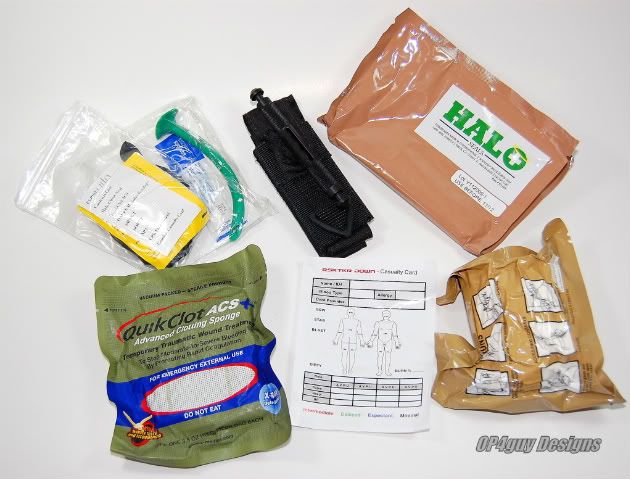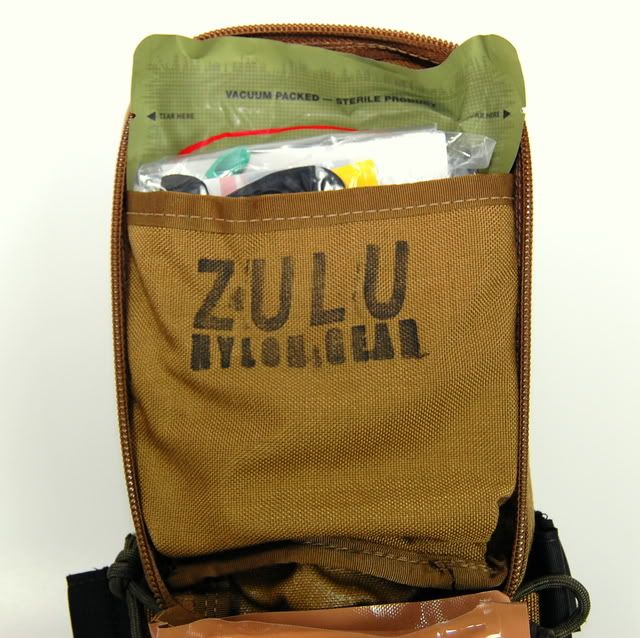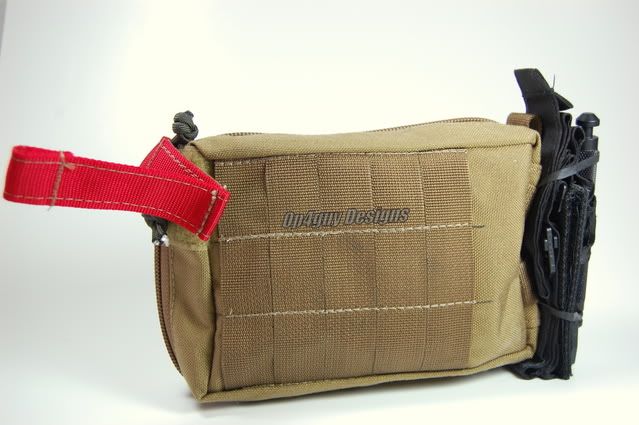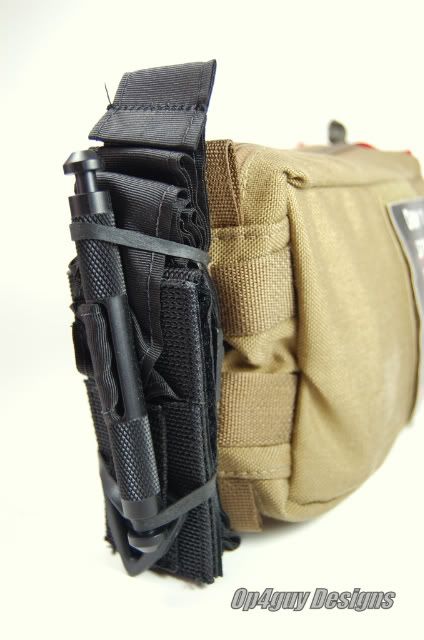

Ask any mechanic and they will tell you for certain jobs require specific tools and when it comes to being able to work on firearms there is no exception. The multi-tool may not be a new invention and one could argue the modern pioneer is the Swiss Army knife. However, it is designed for fixing small things and aiding in day to day tasks or even light survival skills. In the early 1980’s, Leatherman developed the next generation of multi-tools by integrating a more robust line of tools that offered pliers in addition to the normal compliment of blades and screwdriver tips. Their innovation ignited an industry that strived to make a great tool to suit a wide variety of users.

I still remember my first multi-tool which was a Gerber. While conducting a training mission I was MEDIVACED and my Gerber was dropped on a no-name mountain top deep that I doubt any man has visited since-I’m willing to bet it is still there to this day. Though some of these tools were good, they still lacked the specific functions needed to problem solve modern weapons and most were made of sub-par materials that did not hold up to well to abuse. If you look at most tools out there today you will find a ‘Made in China’ stamp on them and they will give up the ghost long before they complete the project you are using them on.
In 2008, MultiTasker tools were born. This was something totally different from any other tool currently available as they were designed for a specific group of people to perform specific jobs. Designed to help service the AR series rifle, the MultiTasker broke all of the rules by bringing mission critical tools that would help a shooter out when he needed it the most. Each of the three models were thought out and designed to serve on different levels from quick field use to heavy duty armorer use. They were designed to specifically to work on the AR Carbine family of weapons and called for a level of quality that rivals even the pickiest of tool aficionados tastes. With key features like quick change drive bit heads and dual-feature tools, MultiTasker aimed at providing the best tool a shooter could have in the most compact package available.
The AR-15 Series 2:

When it comes to a heavy hitter tool, I dare you to find one with more heft than this one. The AR-15 Series 2 is built much like a traditional style multi-tool with its butterfly opening body and needle-nose pliers head but that is where the similarities end. The body is made from stainless steel that has been oxidized in a matte black, skinned with G-10 non-slip grip panels, held together with heavy duty hardware and sports a lanyard tie-down port. The pliers feature a wire cutter and are made of CNC billet D2 tool steel-that is how you build a multi-tool!

Stowed in the handles are 7 tools: a ¼” hex drive with magnet retention and pre-loaded with a 4 point front sight tool, dental pick attachment, carbon scraper, 440c tanto knife blade, 3/8” wrench, file w/ flat blade screwdriver tip and a butt stock wrench. The formed, heavy duty black Cordura carry case features a snap closure and has the ability to adapt to a variety of different belt sizes as well as attaching to standard MOLLE webbing. Securely stowed inside the case with an elastic retainer you will find a 10 piece bit kit that includes common sized flat and Phillip head screw drivers, Hex heads and even two Torx bits.

Though it is a large tool, it’s not so big that it takes up too much space on a belt or looks out of place. Mine lives in my range box and every time I need to work on something at the range, it is the first tool I reach for because it will get jobs done in one neat little package. If the guys at MultiTasker can somehow figure a way to efficiently get a hammer in there, they have developed the perfect tool.
The Ultralight:

The Ultralight is by far my favorite of the three. It falls in that middle ground where it can do most of the things its big brother can while still being a compact and lightweight tool. I look at this tool and see something that was designed to be able to take all the abuse of the Series 2 yet be efficient like the Tube. The body is made of high quality stainless steel and covered with same style grippy G10 panels and sports a very generous tie-down loop and pocket clip. Folded up inside is its 4 tools: a carbon scraper, dental tool, ¼” magnetic driver socket pre-loaded with 4 point sight tool and a mini butt stock wrench. The Ultralight comes with the same 10 driver bits as its big brother and it is all packed in a black belt sheath that is about the size of a double stack magazine pouch.

Where the Ultralight really shines is in its ability to be utilized quickly. The Velcro closure on the sheath and thumb assist on each of the tools makes deploying the Ultralight an efficient and simple one handed operation. During a carbine course with LMS Defense, I carried this tool on my belt and it was worth its weight when it came down to clearing malfunctions that required me to get leverage on the bolt in order to even make it move. Using the scraper tool you can hook the bolt carrier and pull back or pry forward to give you that needed oomph to get the job done quickly.
The MultiTasker Tube:

Weighing in at under 2 ounces, the Tube is definitely the lightweight of the three. Its minimalist design that is about the size of a pen allows you to easily carry a custom loaded tool with exactly what you may need while having all the additional attachments offered in the Expansion Kit at the ready in your GO bag. The body is made of durable aluminum and features a fluted center section to give you a solid grip even in cold and wet conditions. The pocket clip is made from steel and the tip actually doubles as a 3/16” flat tip screw driver. The cap also sports a pivot pin/ takedown pin punch.
Unscrew the top cap you will find the same ¼” magnetic Hex drive socket with a 4 point sight adjustment tool just like the Tube’s big brothers. The sleek design of the Tube allows for great reach extension into tight places while still allowing you the freedom of movement to apply torque without having to rearrange the tool every half turn. Simply pre-load the socket with your most utilized bit and you are ready to rock.

Underneath the lower cap, you have a hardened steel scraper. Like the Tube’s big brother, its main function is to scrape away stubborn carbon deposits but the function I like best about it is it can also assist in pulling back the bolt on a jammed up carbine as well. If your gun goes down during a fight, you have the rest of your life to get it up and running and having that extra pull might just mean the difference in going home to enjoy dinner with your family or getting stuffed in a body bag.

Overall the MultiTasker is a great addition to the toolbox. The only changes I would like to see is different color options for the G10 handle inserts and carry cases and an extension for the ¼” drive. You can find DeWalt drive extensions for under $7 at your local home improvement stores.

The prices range from $39.95 for the Tube to $75 for the Ultralight and up to $104 for the AR-15 Series 2 and are available by direct order through MultiTasker or through Brownells. MultiTasker also warranties their product for life. If it fails due poor craftsmanship or materials they have your back and will see to it that you are well taken care of. With their three different models, you will be hard pressed to find a multi-tool that offers as much as the MultiTasker line up when it comes to value and versatility. For more information you can contact MultiTasker via email at: info@multitaskertools.com or visit them on Facebook and be sure to let them know we sent you.


























